Contents
A WFOE’s journey towards obtaining a Food Circulation License in China is meticulous and demands unwavering attention to detail. Navigating the Food industry in China involves strict regulatory adherence and obtaining the correct permits. For Wholly Foreign Owned Enterprise (WFOE), this guide provides a comprehensive approach to securing food circulation license, catering to operations both online and in physical stores.
Setting Up Your Business Presence: The Crucial First Steps of food circulation license
The inception of a WFOE begins with securing the right business license. A well-crafted license exudes credibility and legally establishes the company’s intent to distribute food products in a burgeoning market. To ensure compliance, the license must articulate the company’s business scope precisely, including all intended food sales activities. This critical document is the bedrock upon which all successive stages are founded.
Addressing Address Requirements: A Strategic Selection
The physical address goes beyond mere location. It’s the basis for jurisdictional oversight and tax obligations. For online and wholesale WFOEs, the address must satisfy industrial park protocols or other approved business zones set by Chinese authorities, setting the stage for future inspections and approvals.
The Food Circulation Licensing Process: A Detailed Walkthrough
Buttressing Your Application: Gathering and Submitting Key Documents
Building upon the established foundation, WFOEs must assemble documents that poise them for success. This paperwork, ranging from health and safety protocols to potential renovations to meet stringent standards, forms the core of your application. For online businesses, operational clarity is conveyed through these documents, demonstrating your readiness to the relevant authorities.
Understanding Food Circulation License Categories: A Licensing Guideline
The type of food products you intend to sell guides the licensing requirements. Packaged foodstuffs, bulk commodities, dairy products, supplements, and meats each carry their designation, necessitating either a full-blown license or a simpler record. Navigating these classifications is intricate; however, each path leads to legitimized operations.
Physical Storefronts: Bridging the Gap Between Planning and Operation
Laying the Groundwork: Real Estate and Facilities Planning
For WFOEs with physical locations, the initial stages are heavily centered on tangible preparations. Choosing the right commercial space and tailoring its design to comply with food safety and handling standards cannot be overstated. The procurement of your venue lays the groundwork for practical concerns such as food storage, preparation areas, and customer interface points.
Smoothing Out the Legalities: Contracts and Agreements
A lease contract harnesses further weight in China than one might assume, often behaving as a lynchpin in the license approval process. This contract should be meticulously drafted, incorporating terms that protect your business interests while adhering to local legalities.
From Blueprint to Finesse: The Physical Setup of Your Business
Bringing your food enterprise to life requires more than abstract planning. It hinges on the development of detailed architectural plans showing every nook and cranny—every oven, every counter, and potential seating areas. For health and regulatory reasons, the detail in these plans is not just for construction crews but also for inspectors who will pore over them with a fine-tooth comb.
Certification and Clearances: Cutting Through Red Tape
Meticulous care in obtaining clearances—from health certificates for each employee to environmental inspections of the premises—adds layers of assurance to your business dossier. These aren’t mere formalities but the building blocks of a reputable establishment that consumers can trust.
Equipping Your Enterprise: The Necessity of Compliance
Kitchens and dining spaces are more than stages for culinary spectacle; they are tightly regulated arenas where every appliance and process must pass muster. Not only do you need to equip your enterprise with the right tools for your trade, but each piece of equipment also needs to conform to safety and health regulations, ensuring that your establishment can deliver quality and safety alongside flavor.
Navigating Inspections and Finalizing Your Food Circulation License
The Ins and Outs of Site Inspections
An inspector’s visit can be a daunting stage, but it’s one where preparation’s value is celebrated. They will scrutinize everything—from the workflows and safety standards within your kitchen to the seating arrangements in your dining area. This step is where theoretical plans and practical implementation must align precisely.
Record-Filing Success: The Last Compliance Hurdle
Only when inspectors give their nod of approval can your WFOE proudly display its newly minted food operation record filing. Here, meticulous record-keeping and ceaseless attention to regulation showcase that you’re not only ready to serve but also primed to excel within the Chinese food sector.
Non-Physical Store Operations
Starting Your WFOE
Before you can begin operating your food business in SAMR, you must first obtain a Business License. This reflects that your scope of operations includes food sales and must be registered at a legitimate address that meets certification requirements.
Food Operation Record-Filing or Licensing
You will need to prepare certain documents for application, including a signed set of materials that provide an industrial park record-filing address. Regulations vary between different types of food products, such as packaged foods, bulk foods, infant milk formula, health foods, and meat products. Some of these will require a license, others just a record.
Physical Store Operations
Initiating Your WFOE of Food Circulation License
Like online businesses, physical stores must also obtain a business license with a scope of food sales. The registered address for the license must match the actual location of the store.
Preparing for Business License of Food Circulation License
Personnel, address property certificate leasing contract and real-name signature procedures must be prepared for the business license.
Food Circulation Business Licensing Ranges
Depending on your business type, you may need a different food business license, which could range from hot food preparation, cold food sales, homemade beverages, and small to large restaurants, and cafeterias.
Preparation Steps:
- Layout plans (interior and facility layouts) and facility inventory which may involve renovations.
- Health certificates for personnel and food safety management systems (at least two employees must be hired and involved).
- Equipment for smoke separation and sewage is necessary for the scope of operation.
- Site examination and determining if additional records are needed based on the business activity.
- After inspection, a food business record filing can be issued.
Your Guiding Partner in the Food Circulation Licensing Odyssey
Understanding the labyrinth-like process of acquiring a food circulation license in China can be daunting. This is where the expertise of GWBMA becomes invaluable. We are not merely consultants; we stand as your trusted allies, your bridge to compliance and successful business operations in a foreign land.
Navigating the slew of paperwork, adhering to regulations, and aligning with local authorities is our forte. We know the steps, we understand the challenges, and we make your journey to obtaining that sought-after license less a trial and more a traveled road. With GWBMA at your side, you’re not just getting a Food Circulation License; you’re setting the stage for aspiring market success.



